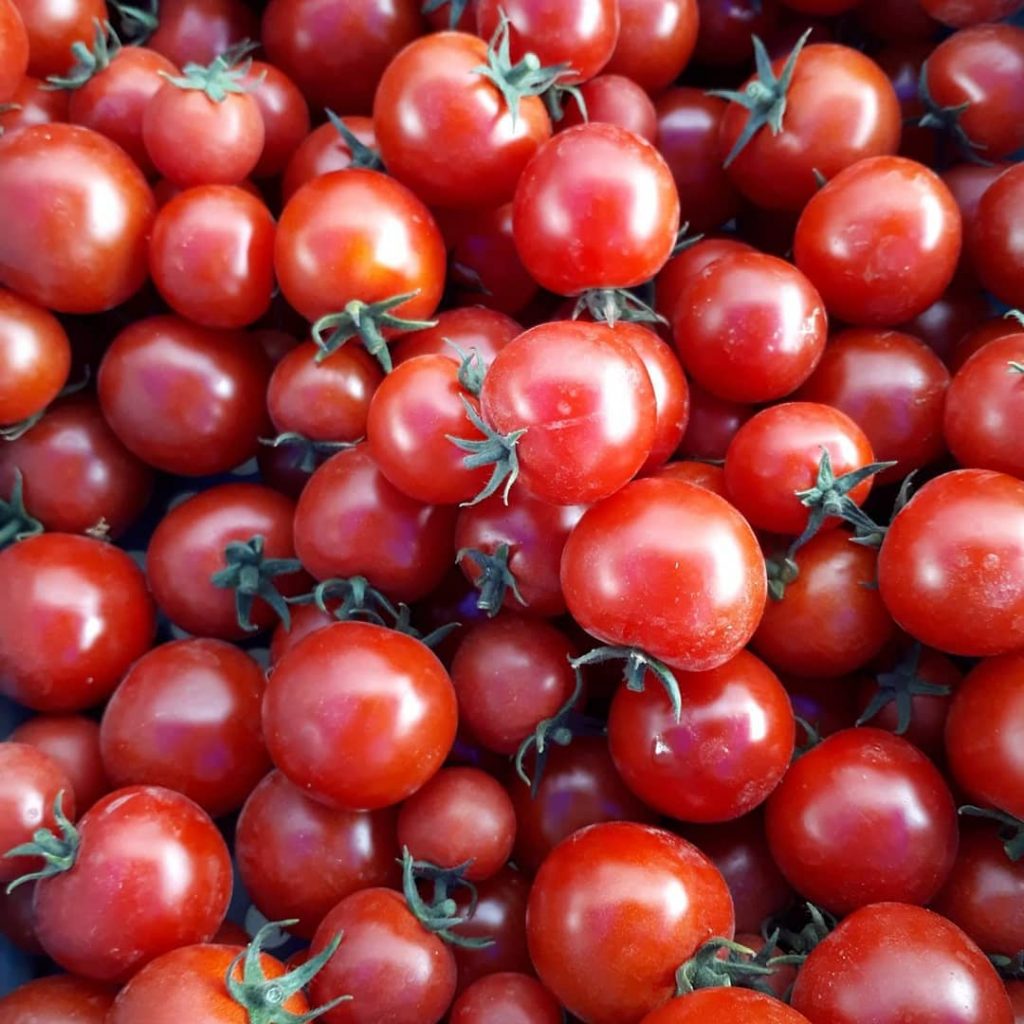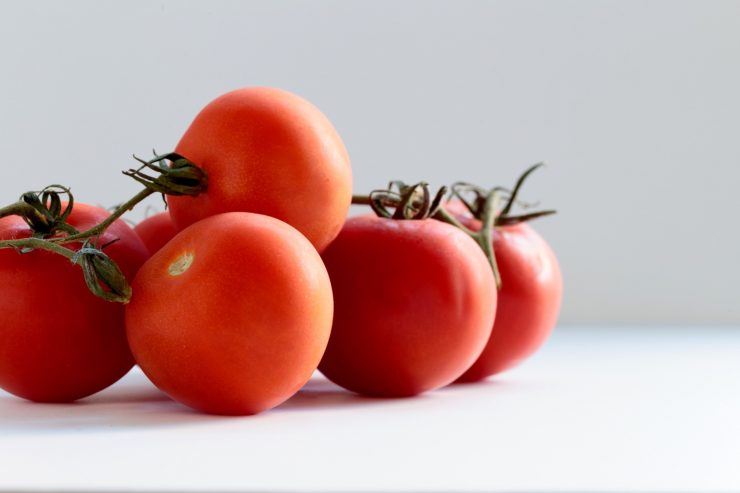Epsom salt, also known as hydrated magnesium sulfur (magnesium and sulfur), is a natural mineral compound. It has about 10 percent magnesium and about 13 percent sulfur. Both of these constituents are healthy for plant growth.
Most importantly, it can stop blossom end rot disease that can totally rot a tomato.
The name Epsom salt is gotten from the town of Epsom in Surrey, England where the bitter salt was first produced from a saline spring.
This salt is highly soluble and easily ingested by plants when combined with water and sprayed on leaves. If Epsom salt is added to the soil, it becomes soluble with soil moisture and is drawn up into plants through the roots.
Absence of either magnesium or sulfur in the soil can cause tomato plants to reduce in size, leading their leaves to gradually turn yellow between leaf veins late in the season, and causing the fruits to become slow in maturing and ripening.
Magnesium is essential for seed germination, production of chlorophyll, and fruit development; it helps strengthen the walls of the cell and also improves plant uptake of nitrogen, phosphorus, and sulfur. On the other hand, Sulfur is essential for the production of vitamins, amino acids and protein, and enzymes.
Contents
The Benefits of Fertilizing Tomatoes With Epsom Salt.
If you grow your own tomato plants in a grow bag, there is a chance that you have thought about fertilizing it for better yields. Here are a handful of benefits you’ll get if you use Epsom salt as a fertilizer prior to getting the required fertilizer.
#1. Enhances Photosynthesis.
Epsom salt contains magnesium which aids in chlorophyll production in plants. It is very essential to the tomato plant because it enhances photosynthesis or the manner in which the plants breathe. They breathe in carbon dioxide and takes out oxygen.
Magnesium is usually found in the soil and is also present in many fertilizers. Magnesium deficiency in a tomato plant results in pale leaves (usually yellow in color) starting at the bottom and progressing gradually to the top.
Blossom end rot is also a sign. This is when the tomato blossom imprints a large black spot on the very bottom of the fruit that gets bigger and bigger as the tomato grows. Eventually, it will rot all the way through the tomato, rendering it useless.
#2. Provides Sulphur
Epsom salt also has a good source of sulfur. Sulfur provides plants with protein and other essential enzymes needed for the plant to grow strong and healthy. Roots grow better with the benefit of sulfur and it helps plants endure harsh weather conditions.
Sulfur is naturally delivered to plants through rain, but often they need a little boost.
How To Use Epsom Salt On Tomato Plant

- First, place a few granules of Epsom salt in the hole before implanting your tomato plant.
- Once its blossom appears on the plant, sprinkle 1 tablespoon of Epsom salt per foot of plant height around the base of the stem. Make sure it gets into the soil and water properly. A plant with a height of 2 feet should be treated with 2 tbsp. Epsom salt, while a plant less than 12 inches high should be treated with 1 tablespoon. This should be carried out every other week.
Alternatively, you can…
- Dissolve 1 tablespoon of Epsom salt in one gallon of water.
- Put some in a spray bottle and use this to spray on the fruit and foliage. This will help keep the foliage green and also increase the thickness of the walls of the fruit, making for a delicious tomato
Epsom salt has so far proven its worth in the fertilization of tomato, and many farmers have been using it in the production of both tomato and pepper plants with great success.
- Best Grow Bags For Lettuce: 6 Things To Consider Before Buying! - January 23, 2023
- Can A Snowblower Remove Ice: Best Ice Breaking Technique Revealed! - December 30, 2022
- What Is The Best Gas For A Snowblower? - January 12, 2022


Add comment